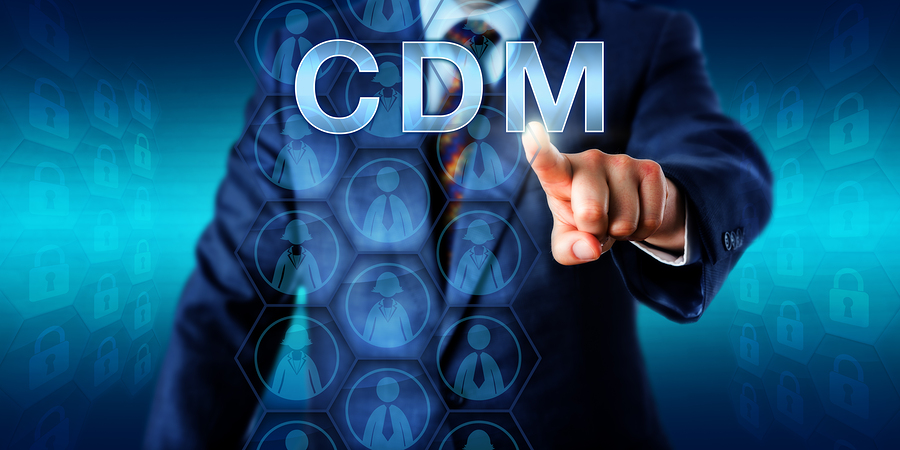From time to time GovEvents will come across information we feel our members and audience would benefit from. Here's something we wanted to share from Bob Gourley, Founder and CTO at Crucial Point LLC:
The United States intelligence strategy for 2019 has been released, covering seven specific themes. Here's how the United States Intelligence Community will deal with cyber threats:
"Despite growing awareness of cyber threats and improving cyber defenses, nearly all information, communication networks, and systems will be at risk for years to come. Our adversaries are becoming more adept at using cyberspace capabilities to threaten our interests and advance their own strategic and economic objectives. Cyber threats will pose an increasing risk to public health, safety, and prosperity as information technologies are integrated into critical infrastructure, vital national networks, and consumer devices. The IC must continue to grow its intelligence capabilities to meet these evolving cyber threats as a part of a comprehensive cyber posture positioning the Nation for strategic and tactical response."
For more on the new strategy and to download a copy see: OODAloop.com



 Citizen Experience is a focus of the
Citizen Experience is a focus of the  Geospatial, as a strict term, means data that is related to a location. In the government space, Geospatial has been used interchangeably with GIS - or Geographic Information Systems - which
Geospatial, as a strict term, means data that is related to a location. In the government space, Geospatial has been used interchangeably with GIS - or Geographic Information Systems - which  Social media management platform, Hootsuite, recently released "
Social media management platform, Hootsuite, recently released "

